Outer Space & Universe
Outer Space & Universe
Space, also known as outer space, is the near-vacuum between celestial bodies. It is where everything (all of the planets, stars, galaxies and other objects) is found.
On Earth, space begins at the Kármán line (100 km above sea level). This is where Earth's atmosphere is said to stop and outer space begins. This is not a firm boundary but is a convention used by scientists and diplomats.
Items in space are free to move back and forth; up and down; and left and right. These three dimensions are what make 3D space. Items also move forward through time, which is sometimes called the fourth dimension.
The majority of space contains very little matter and so most of it is a vacuum. Scientists do not know how big space is but we do know that space is extremely big, and is always expanding.
According to the big bang theory, all matter and energy in the Universe was compressed into a very small space. Then it exploded and started expanding. Space is still growing in size today; this means the distance from one galaxy to distant galaxies is getting longer.
Gravity is the force that keeps the Moon in orbit around the Earth and the planets in orbit around the Sun. Gravity can stretch and bend space similar to how a heavy ball placed on a stretched sheet of rubber will cause the rubber to stretch. The scientist who discovered that space can bend is named Albert Einstein. How gravity bends space is part of his theory of general relativity.
Astronauts, Cosmonauts, Taikonauts and Spationauts
An astronaut is any person who is trained by NASA to travel and perform tasks in space. Although the space traveler may not necessarily be a United States citizen, each astronaut does go through a rigorous training regiment by the National Aeronautics and Space Administration. Other space travelers go by other names then astronaut depending on their country of origin.
In the United States, astronaut is derived from the Greek words ástron (star) and nautis (sailor). While, in Russia, a space traveler goes by the name космонавт (English: cosmonaut), which is derived from the Greek words kosmos (universe) and nautis (sailor). Westerners call a space traveler from China a taikonaut, based on the 1998 writings of Chiew Lee Yik and Chen Lan where the term tàikōng (great emptiness), Chinese for “space”. In China, the term yuháng yuán (universe navigator) is used for space traveler.
Only the United States of America (United States), Russia (earlier, the Union of Soviet Socialist Republics), and the People’s Republic of China (China) have sent manned spacecraft into space. Other countries have assisted these countries by sending their own space travelers on space missions. For instance, a French space traveler is called a spationaut (from the French word spationaute), which is derived from the Latin spatium (space) and Greek nautis (sailor). (plural in Greek nautes = sailors)
-
01:27

Mercury's Weak Shield No Match For Solar Wind
Added 878 Views / 0 LikesThe planet closest to the Sun has a magnetosphere like the Earth, but at its poles, the Sun's powerful force takes it toll by super charging sodium and oxygen particles and blasting them into space. NASA's MESSENGER probe weathers the storm. Credit: SPACE
-
01:55

The Dragon Birds (Violence & Language) THORnews presents Lee Fat WOO
Added 878 Views / 0 LikesThe Dragon Birds (Violence & Language) THORnews presents Lee Fat WOO
-
01:04
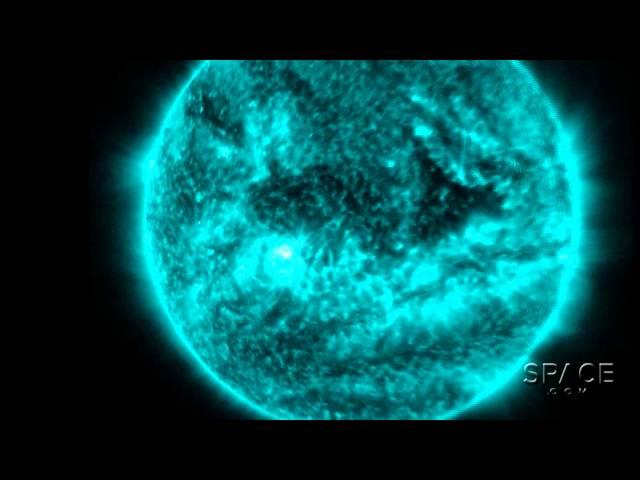
Incoming! Powerful X2.2 Solar Flare Blasts Towards Earth | Video
Added 878 Views / 0 LikesIncoming! Powerful X2.2 Solar Flare Blasts Towards Earth | Video
-
04:37

NASA 360 Presents - Centennial Challenges
Added 878 Views / 0 LikesNASA 360 Presents - Centennial Challenges
-
02:13
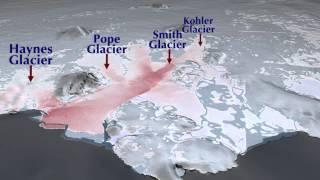
Loss of Antarctic Glacier is Irreversible, NASA Scientists Say | Animation
Added 877 Views / 0 LikesAfter 40 years of observation, NASA and University of California researchers agree that melting of the West Antarctic Glacier has passed the point of no return. It contains enough ice to raise sea levels ~4 feet, but could take centuries to melt.
-
01:07
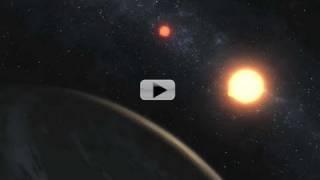
Tatooine Found? -- Planet With Twin Suns Discovered
Added 876 Views / 0 LikesScientists using the orbiting Kepler Telecope have detected a planet transiting across the face of twin suns. Kepler-16b is about the mass of Saturn and has a cool climate, lying just outside the "habitable zone" where water can be liquid.
-
06:47
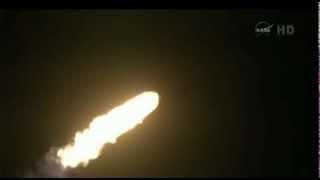
Lift-Off! SpaceX Dragon Heads to Space Station | Video
Added 876 Views / 0 LikesThe historic first commercial spacecraft to supply the International Space Station launched aboard a Falcon 9 rocket on May 22th, 2012. If it passes all on-orbit demonstrations, it will dock with ISS on May 25th.
-
01:13

Aurora's Flow Over Sweden's Lake Torneträsk | Time-Lapse Video
Added 876 Views / 0 LikesChad Blakley (lightsoverlapland.com) captured footage of the aurora borealis on Oct 17th, 2013. The lake is the sixth largest body of water in Sweden and is located in Abisko National Park.
-
06:26
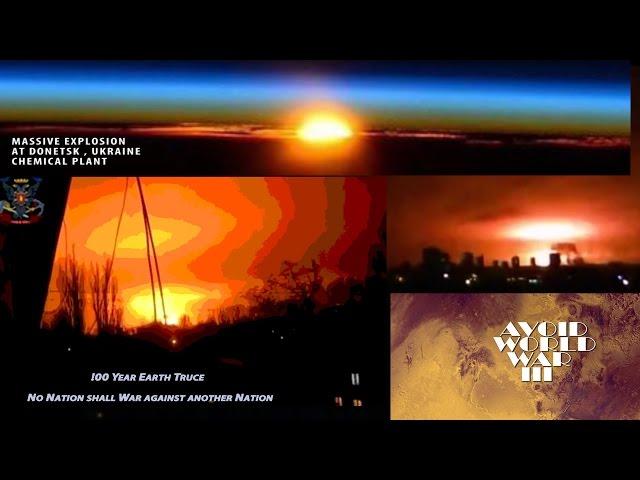
Mushroom Cloud over Ukraine: We Must Avoid WW3 - 100 yr Earth Truce
Added 876 Views / 0 LikesMushroom Cloud over Ukraine: We Must Avoid WW3 - 100 yr Earth Truce
-
01:33
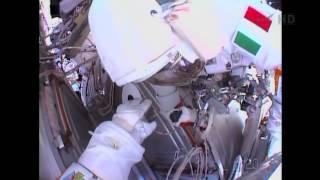
Spacesuit Leak - Astronaut Reports Floating Water | Video
Added 875 Views / 0 LikesItalian astronaut Luca Parmitano noticed excessive water in his helmet during a spacewalk on July 16th, 2013. He reports feeling water on the back of his head to NASA mission control.
-
00:16
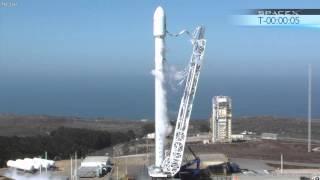
SpaceX Test Fires The Next Generation Falcon 9 | Video
Added 875 Views / 0 LikesThe private space company test fired the engines on upgraded Falcon 9 (v.1.1) on September 19th, 2013. The target launch window for the rocket opens on September 29th.
-
01:53

'4-Billion-Year Old' Mars Fly-Over Shows Water and Blue Skies | Video
Added 875 Views / 0 LikesFeatures on the Red Planet of today suggest that oceans of liquid water once traversed parts of the planet. This animation imagines how it could of looked and its current state. Read more here: http://goo.gl/2Qnv4X Credit: NASA
-
00:56
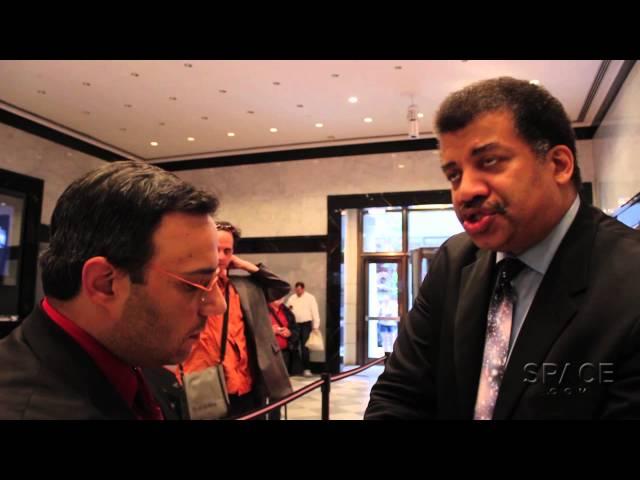
Do We Need More 'Cosmos'? Neil deGrasse Tyson Answers | Raw Video
Added 875 Views / 0 Likes"You shouldn't have to be reminded that the World is worth protecting", the host of the Cosmos: A Spacetime Odyssey tells Space.com's @TariqJMalik at the series finale premiere in NYC.
-
01:06
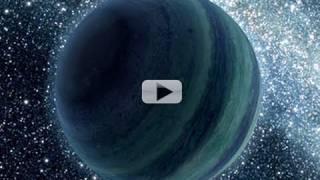
Finding Castaway Planets -- No, NOT Earth Destroyer Nibiru
Added 874 Views / 0 LikesFree-floating Jupiter size planets are fairly common. Astronomers use a neat trick of Einstein's math to find them. And, no, there aren't any free-range monster-worlds lurking nearby. Credit: SPACE.com/NASA/ESA/Music: Atom Strange www.atomstrange.com
-
02:24
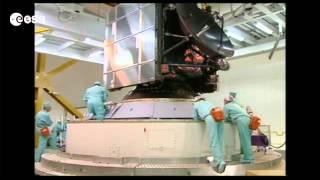
What Comet Probe 'Rosetta' Did Before It Hibernated | Video
Added 874 Views / 0 LikesThe European built probe is the most complex mission to a comet. Since its launch in March 2004, it has flown by Earth 3 times, snapped images of asteroids and more. It has been hibernating since 2011 and will be awoken in Jan. 2014.
-
02:58
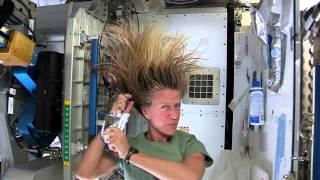
Astronaut Tips: How to Wash Your Hair in Space | Video
Added 873 Views / 0 LikesNASA astronaut Karen Nyberg shows how she washes her long hair in space while living in weightlessness on the International Space Station. Hint: No rinse shampoo is a must. Read more about it here: http://goo.gl/qlb8YT Credit: NASA
-
02:29

Building The Dream: Sierra Nevada's Dream Chaser Comes Together | Video
Added 873 Views / 0 LikesSierra Nevada's Dream Chaser spacecraft has come a long way. This video shows how the ship was put together, the pilots trained, and the ship tested over the past few years in preparation for a test launch in 2016 and human pilot flights in 2017.
-
01:13
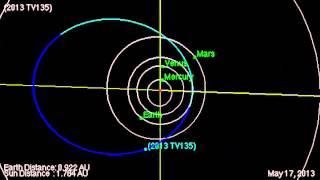
1300-Foot-Wide Asteroid 2013 TV135's Near-Earth Flyby | Orbit Animation
Added 873 Views / 0 LikesThe space rock was discovered on October 8th, 2013 by the Crimean Astrophysical Observatory in Ukraine. It came within 4.2 million miles and currently has a 1 in 63000 chance of impacting Earth in 2032. Read more about it here: http://goo.gl/UYDdCd Credit
-
01:51

Comet ISON's Fate - Three Possibilities Explained By NASA | Video
Added 873 Views / 0 LikesThe manager of NASA's Near-Earth Object Program office Don Yeomans, explains what will be left, if anything, of the possible 'comet of the century' after its date with the Sun (Nov 27th, 2013). All things ISON here: http://goo.gl/rgQ0u6

